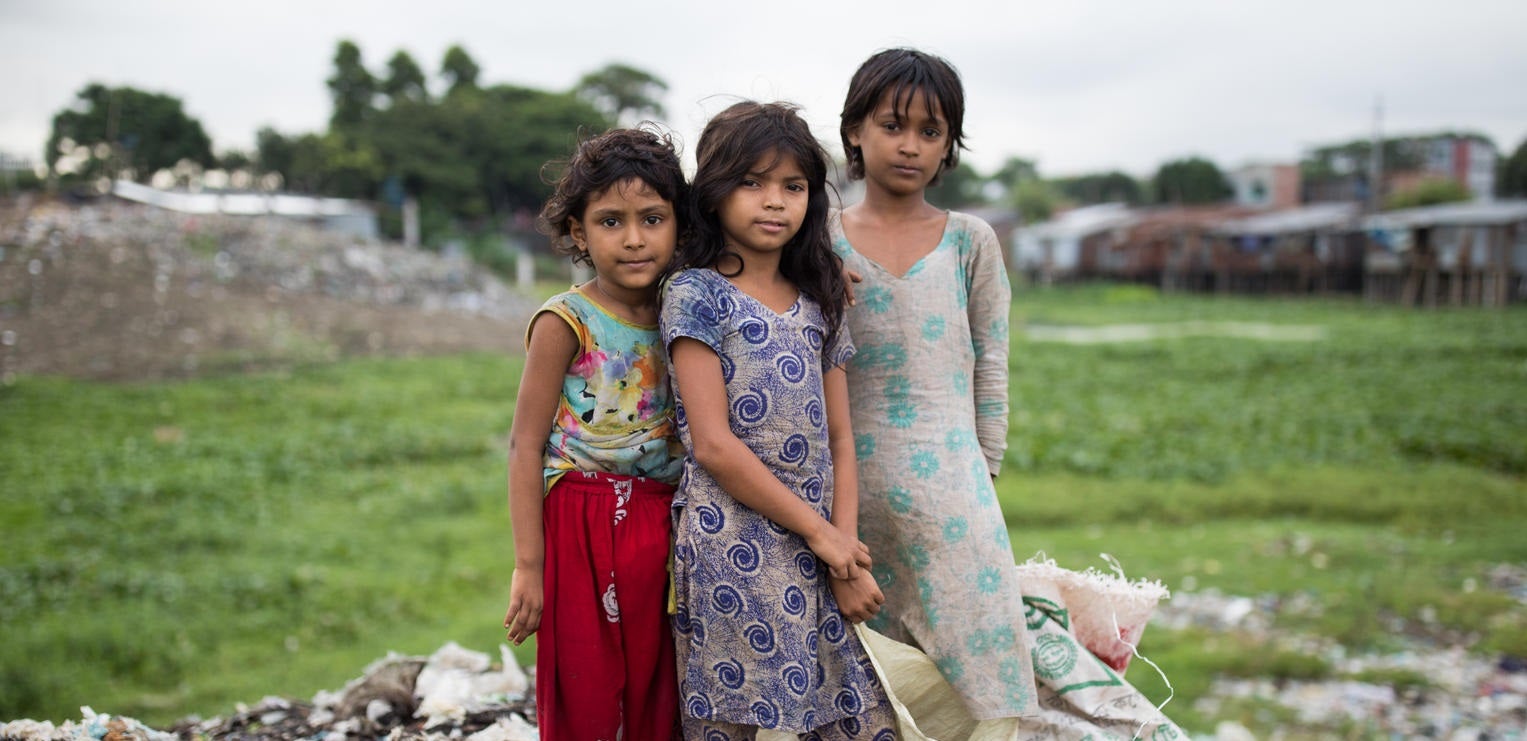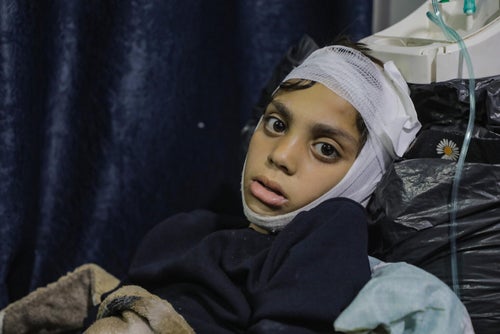The eruption – one of the biggest in Tonga in the last 30 years – triggered a 1.2 metre high tsunami that crashed ashore in coastal areas of Tonga’s capital, Nuku’alofa.
Communities, roads and airports were blanketed in thick ash, and flood waters damaged infrastructure, homes and schools. Power and communication channels were disrupted for days.
UNICEF has shipped 10 metric tons of emergency supplies to Tonga to support the most vulnerable children and families. Supplies include water, sanitation, and hygiene kits, jerry cans and buckets, and recreational kits for children.
Families like Moui-He-Kelesi's are in urgent need of clean water and protection. You can help.

On 15 January 2022, a satellite image captures another explosive eruption of the Hunga Tonga-Hunga Ha'apai volcano, located in the South Pacific Kingdom of Tonga. Hunga Ha'apai is located about 65 km from Tonga's capital city Nuku'alofa.
The island first formed between December 2014 and January 2015, when an underwater volcano explosively erupted. Since its formation, the island has erupted intermittently.
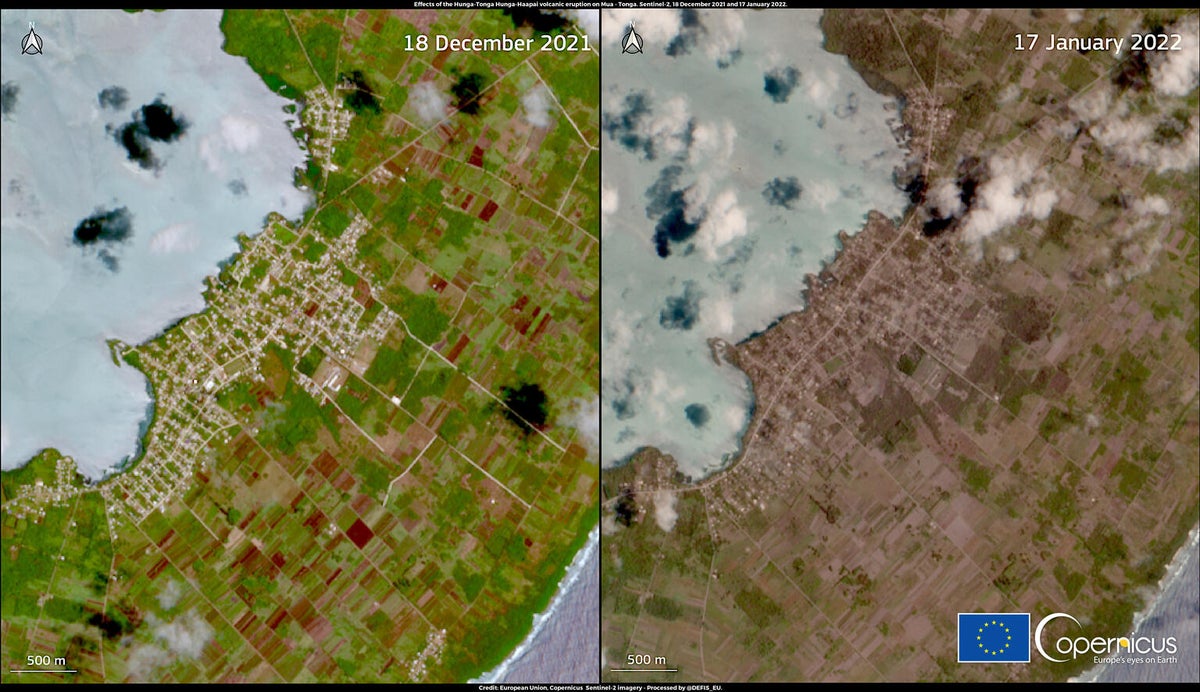
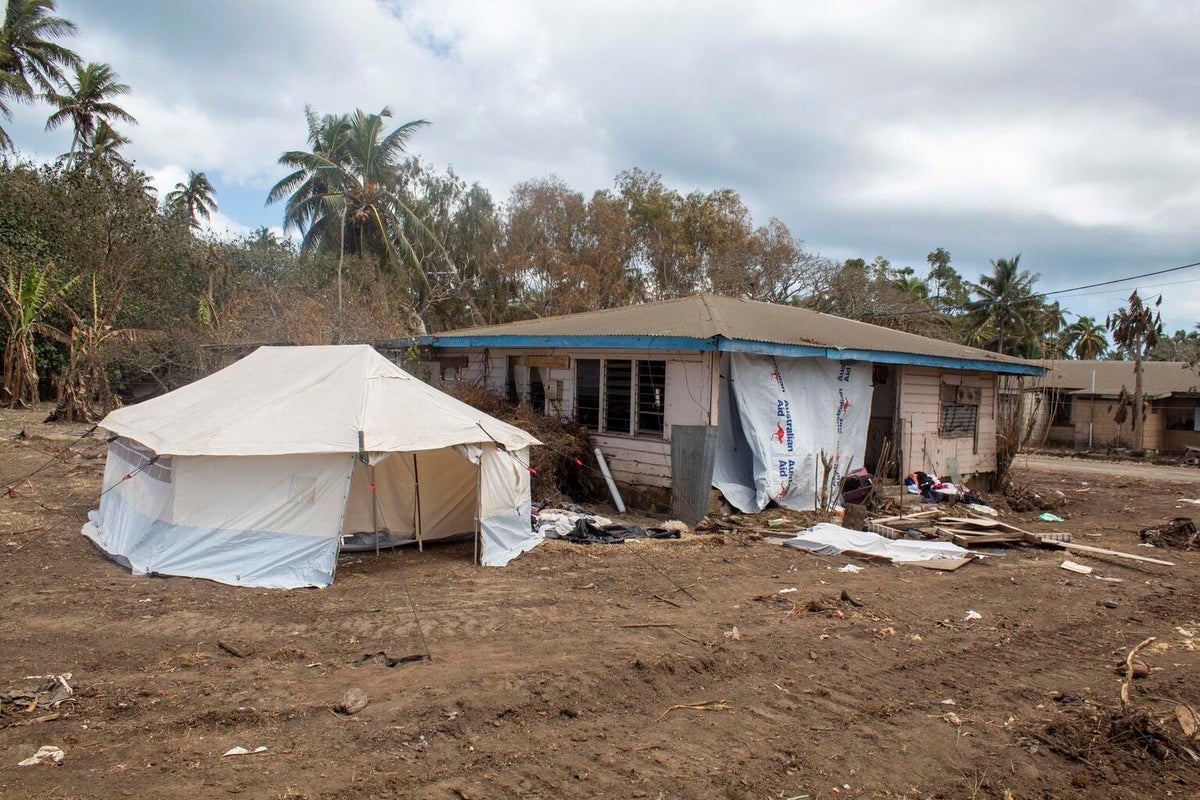
The volcanic eruption that triggered a tsunami was hundreds of times more powerful than the atomic bomb the US dropped on Hiroshima during World War Two, according to NASA.

“After [the tsunami passed] we came down and I saw that the waves damaged the house. Big trees and branches were pushed inside the yard.” Semisi, 15, was in a neighbouring village preparing for Sunday school when he first heard the eruption.
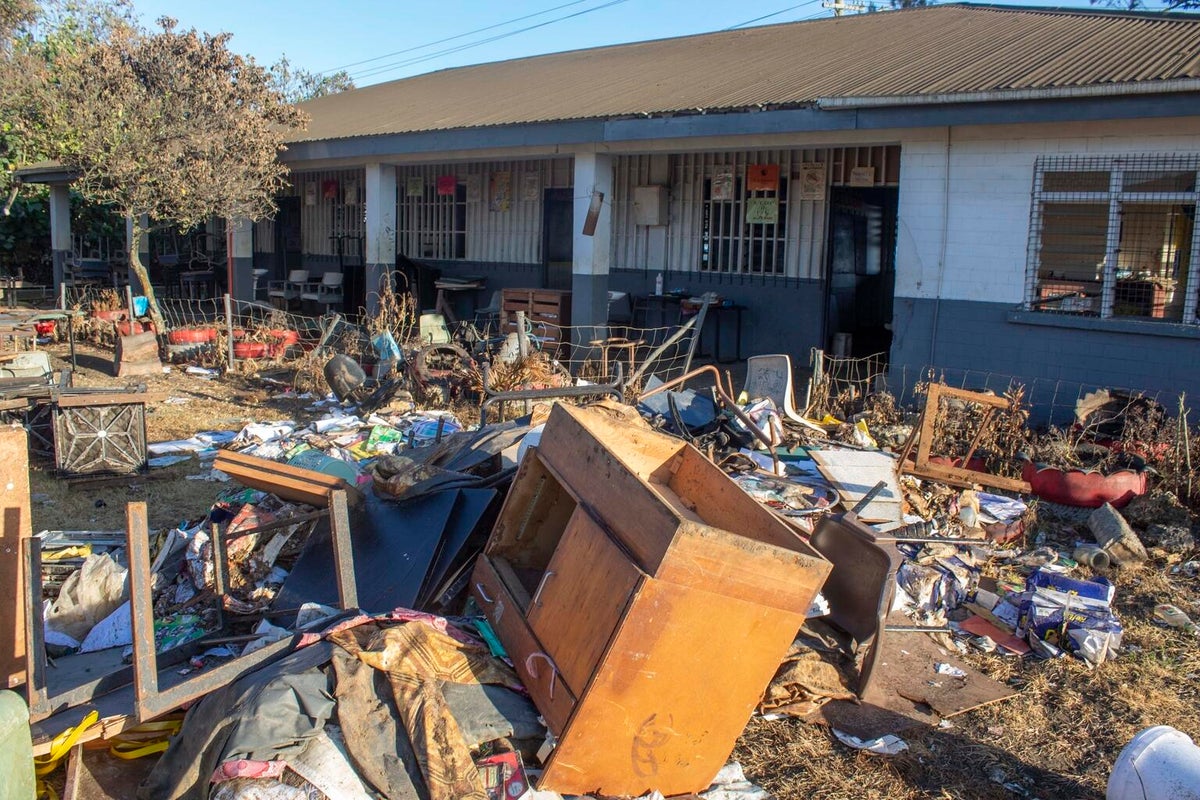
Volcanic ash has damaged school buildings and water supply. The school year in Tonga was originally planned for 31 January but there are calls for it to be delayed. UNICEF is providing tents so children can continue learning.
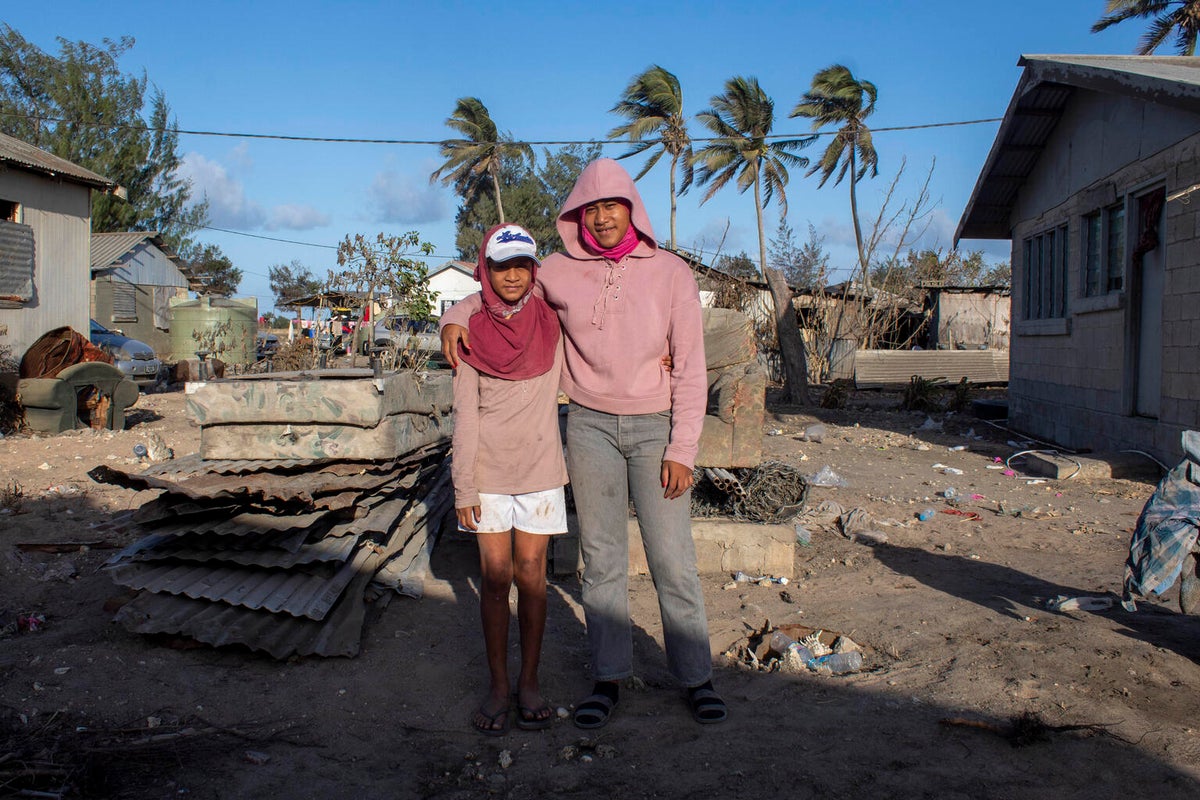
Eleven-year-old Moui-He-Kelesi, left, and his older sister Paea-He-Lotu, 15, clean outside their home. “I felt scared. I cried as I was running, and I was trying to hold onto my mom,” he says, following the eruption. As the family drove home, thick ash rained down on Tongatapu.
“We kept having to stop so my brother could wipe the ash off the windscreen. When we returned home, our fence was destroyed, the dishes in the house were all broken, and there were no clothes because the tsunami had taken it all.”
Read Mou-He-Kelesi's full story here.
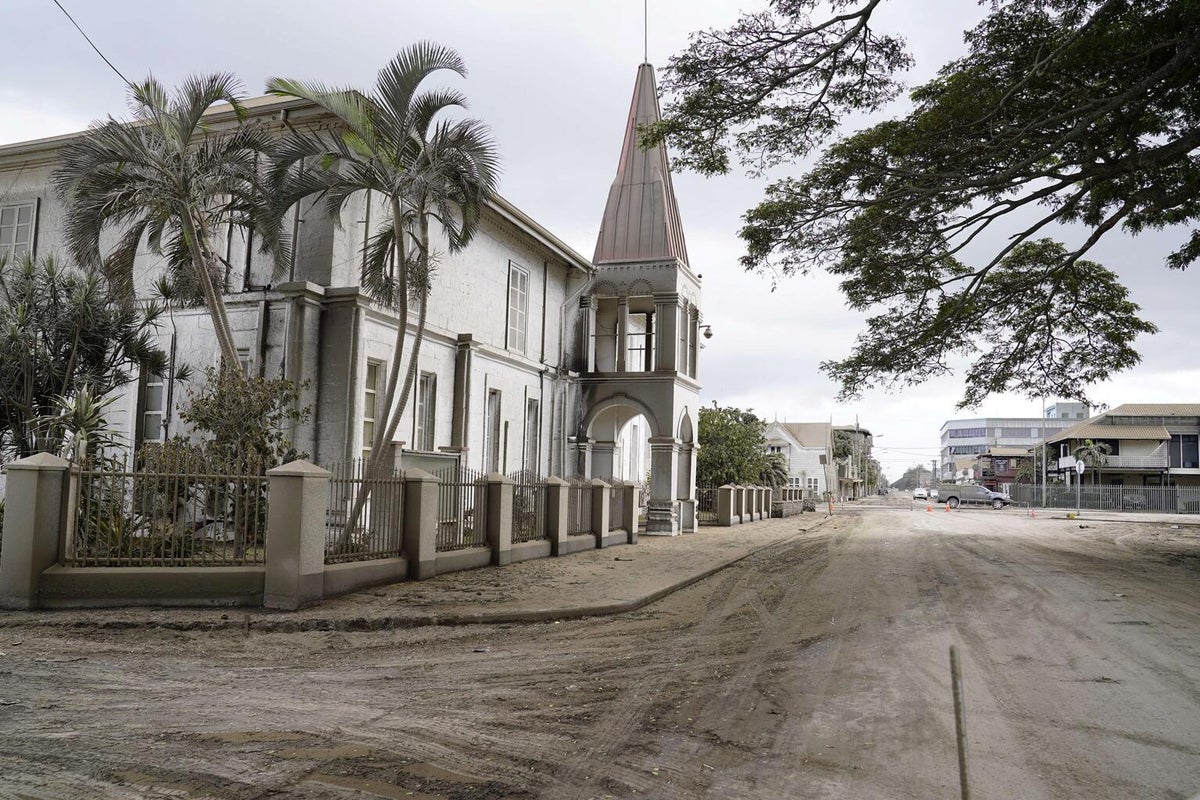
Most of the country is covered in a thick layer of volcanic ash which has contaminated water and food supplies. Ash also poses a major threat to air quality.
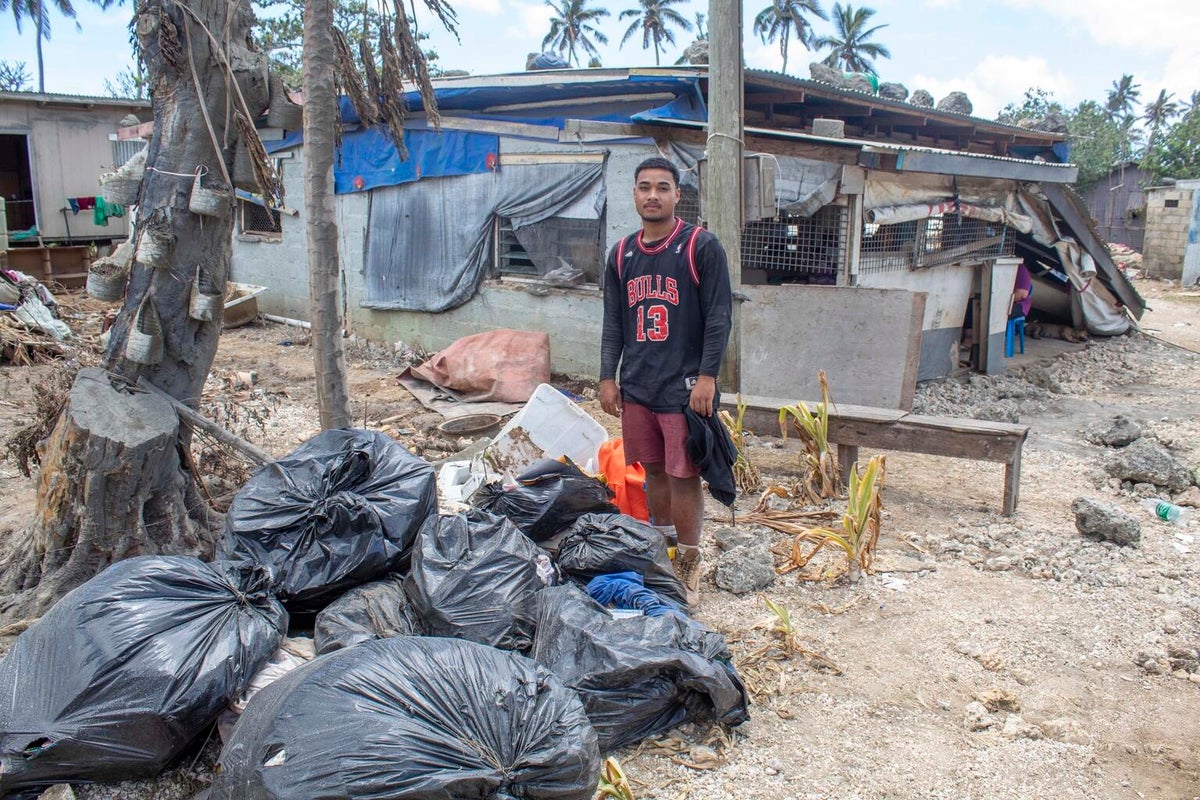
Few families in Tonga were left untouched by the destruction. An estimated 85,000 people, including 36,500 children, are affected. That’s 85 per cent of the population.

Tonga’s population is spread across 36 of Tonga’s 169 islands, but about 70 per cent live on this main island.
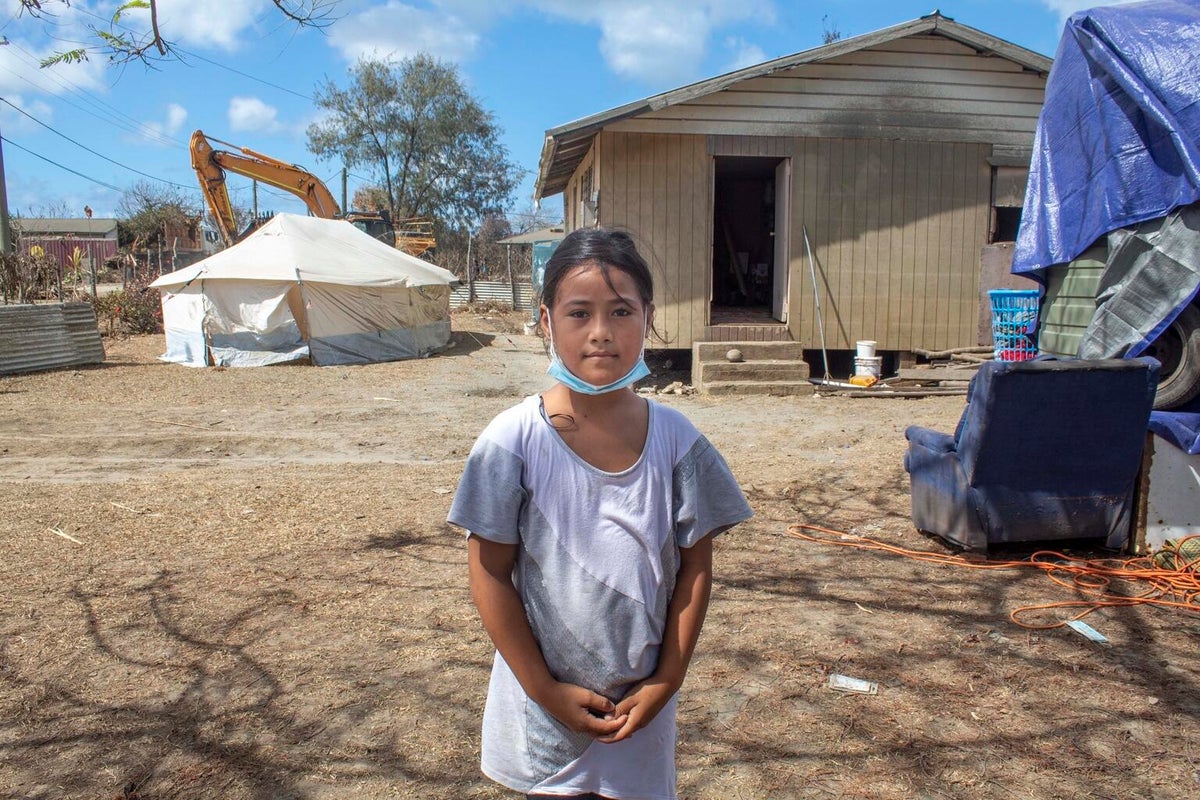
“The sea was already as high as the coconut tree. We dropped everything and jumped in the car. As we drove off the clouds darkened.” Ma’ata, 10, and their family had no choice but to flee when the tsunami crashed into the island of Tongatapu. UNICEF is doing everything we can to make sure children are safe and protected.

UNICEF has shipped 44 pallets of supplies containing, 1,000 water and sanitation kits, water testing kits, jerry cans and buckets and recreational kits for children to support psychosocial recovery.
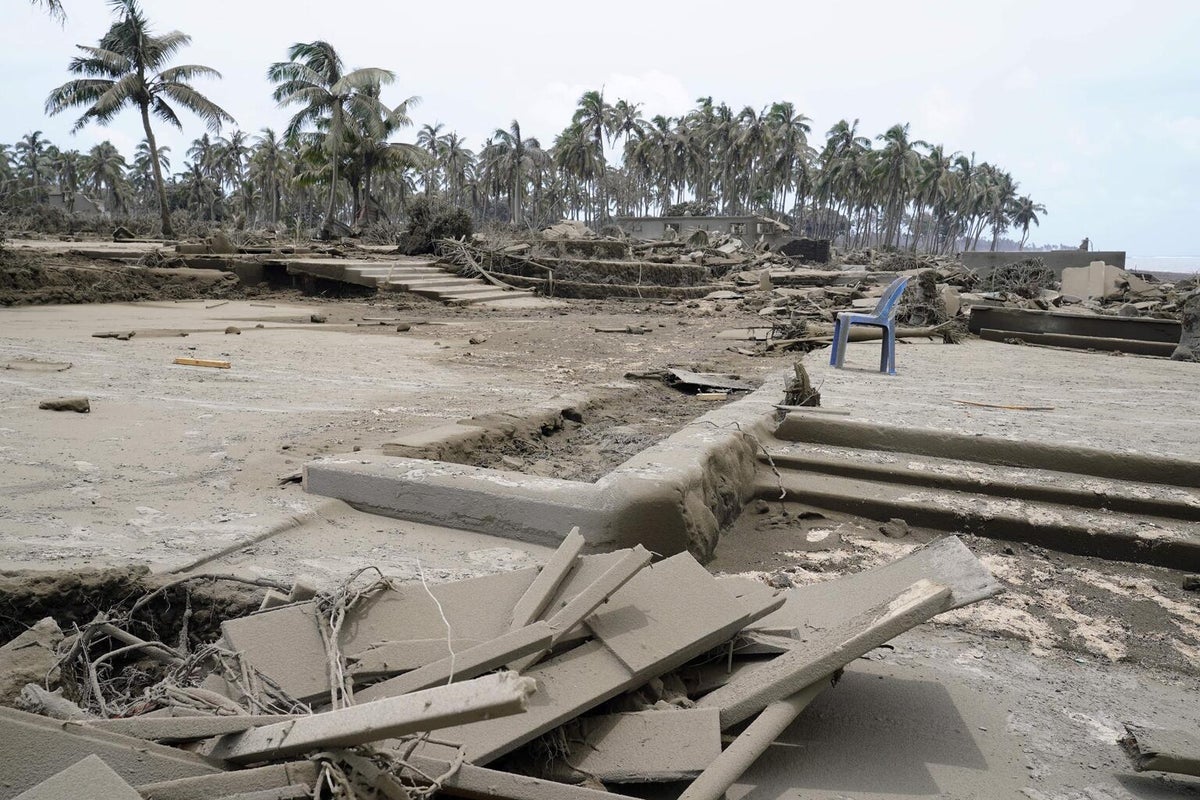
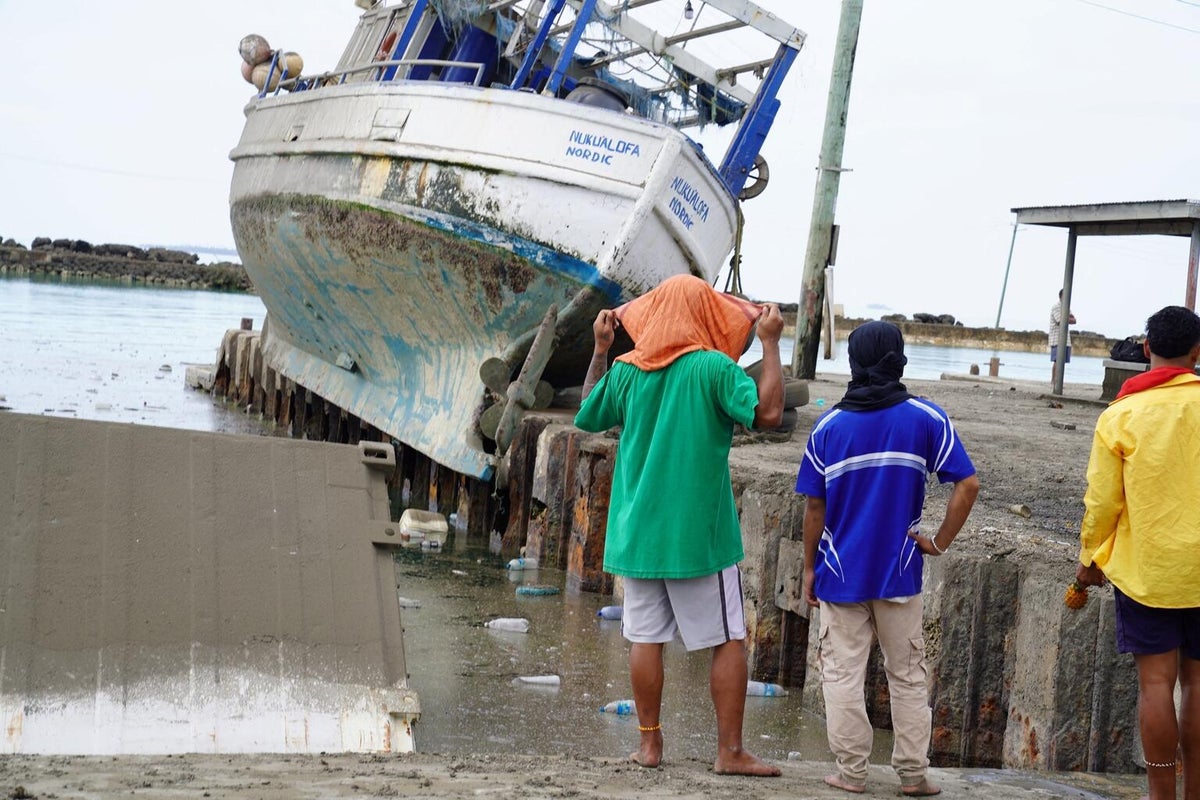
It’s just the beginning of a long recovery and we won’t stop until every child is safe. Please be there for children in need.
Related articles
Stay up-to-date on UNICEF's work in Australia and around the world


